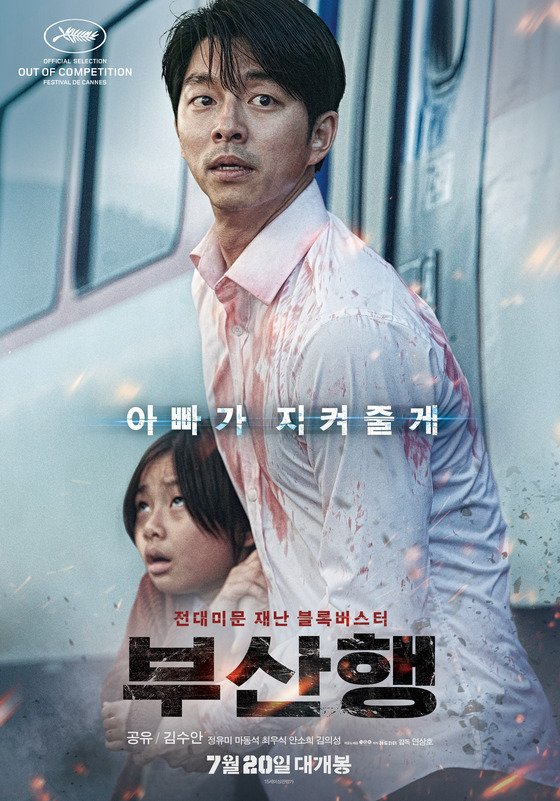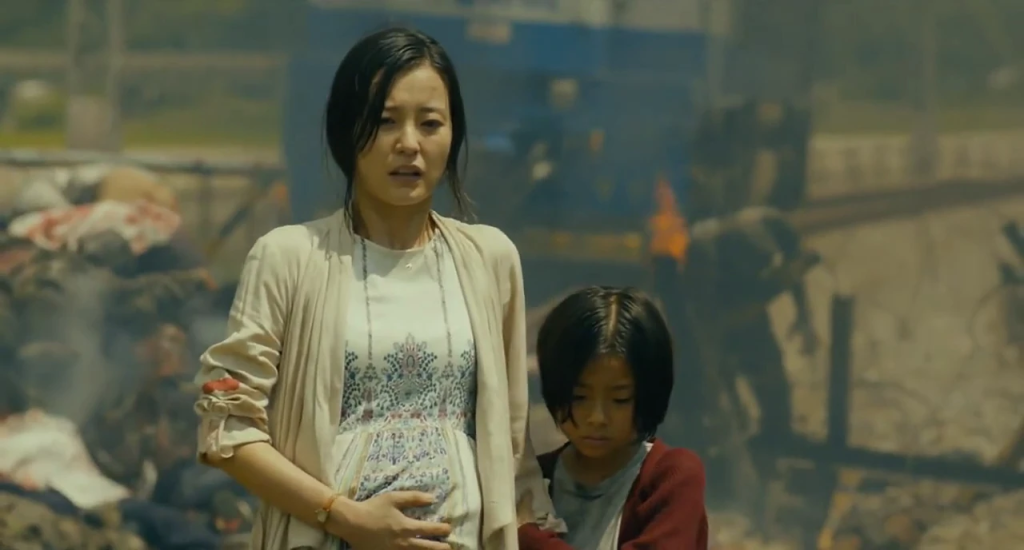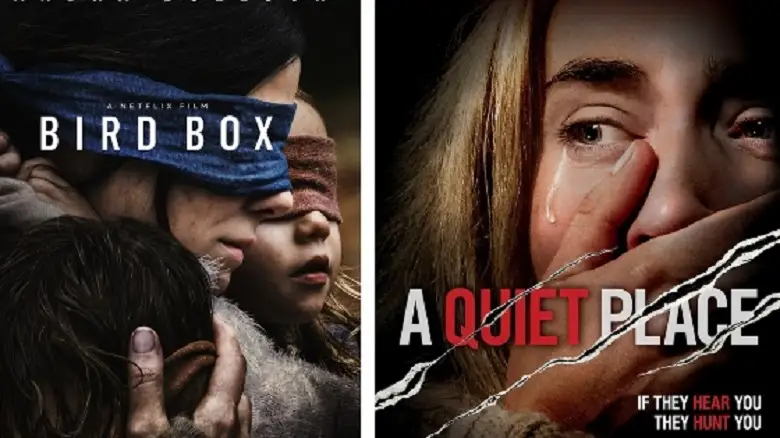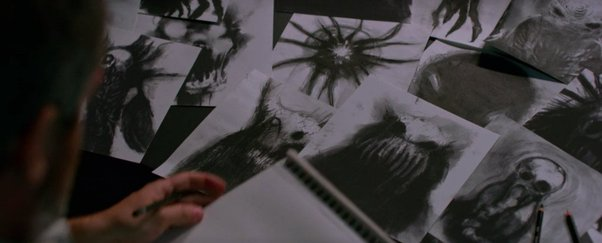by Carrie Tan
Don’t Look Up is a 2021 Netflix film featuring a comet discovered to be heading towards Earth. Despite this existential-level threat, it is met with apathy initially by the White House. President Orlean only confirms the threat and leads a mission to divert the comet with nuclear weapons later to boost her popularity and save her campaign. Unexpectedly, however, the mission is abruptly aborted midway as Peter Isherwell, CEO of BASH Cellular, discovers that the comet is worth trillions of dollars in rare minerals. The White House and Isherwell then seek to exploit this and capitalise on the riches found in the comet through a dubious, not peer reviewed technology proposed by Isherwell.

Meanwhile, the masses are divided into three main groups – those who believe the severity of this threat, those who denounce such alarmism and believe that the comet can create jobs and those who completely do not believe the comet is real. A protest campaign, “Just Look Up”, is initiated, urging people to come to terms with the comet’s threat and encourages other countries to launch their own comet interception missions. Simultaneously, a counter protest, “Don’t Look Up”, is started by Orlean, attempting to debunk the comet’s existence or push for the potential economic benefits it presents. This divergence in beliefs undermines human agency as little collective action can be generated with limited progress towards tackling the comet. Ultimately, BASH’s comet interception efforts fail with other countries’ interception missions similarly unsuccessful, marking the end of humanity as the comet hurtles towards Earth.

With director Adam McKay stating that the film serves as a ‘direct allegory for Climate’, analysing Don’t Look Up could afford a greater understanding of our failure to address apocalyptic threats, even till the very end. Such an analysis is highly valuable given the extreme severity of the Climate Crisis and the lack of urgent action taken thus far despite the scientific consensus and advocacy efforts present.
I will thus answer this question through this opinion article: How does the film commentate on Climate Change and our failure to adequately address it? The film draws attention to capitalism and science denialism as core causes behind dividing and diluting human agency, eventually resulting in our failure to tackle the comet crisis. I then posit that the film draws parallels to the Climate Crisis and highlights capitalism and science denialism as root causes that need to be addressed in order to prevent the division of human agency and effectively tackle Climate Change.
The ills of capitalism
In Don’t Look Up, capitalism seems to result in self-sabotage due to the intrinsic self-interest present in this ideological construct, dividing human agency. Self-interest in capitalism is argued by Adam Smith in his Invisible Hand metaphor, which states that self-interest in capitalism is the best way towards a thriving economy. With regards to human agency, it is divided between furthering self-interest and pursuing the ‘greater good’. This was seen in the film when the comet was discovered to contain trillions of dollars in rare minerals, influencing Isherwell and Orlean to abandon the comet interception mission midway instantly in hopes of profiting from it. Such a greed-inspired move lies in direct contradiction with the greater welfare of humankind in preventing an extinction-level threat from happening. Human agency is seen to be separated, with more focus shifting towards the self-interest of attaining these profits and riches. Because of how human agency becomes divided when self-interest comes to play, the two forms of human agency undermine and conflict with one another, resulting in a failure to realise both goals. This results in a self-sabotage situation as we forsake the initial promising interception mission for not peer reviewed, dubious technology that ultimately fails in mining the minerals or destroying the comet. Isherwell and Orlean’s actions are realised as the key modes of self-sabotage due to their greed hindering society’s efforts to protect itself and enabling destructive behaviour instead. As such, it can be argued that the pursuit of self-interest, through capitalism, ends up being the society’s demise due to the separation of human agency that conflicts with one another, causing a self-sabotaging situation.

Isherwell and Orlean’s actions are reflective of the larger capitalist system in real life and how this system redirects human agency towards profit-maximisation companies at the cost of environmental sustainability, fueling the Climate Crisis in a self-sabotaging manner. The film’s reflection of reality is noted by Leonardo DiCaprio, one of the actors of the film, who states that “the powers that will bring about massive change comes from the private sector” due to the companies’ significant role in contributing to Climate Change. Such a problem is integrated within our capitalist structure itself, resulting in a worsening Climate Crisis. In Climate Change, Capitalism, and Corporations, Wright and Nyberg argue that capitalism results in the need to continually devour the natural environment to ensure sustained economic growth. This is based on the “treadmill of production” argument that claims that environmental destruction is a necessary feature of capitalism due to the ever growing need for resources as the economy develops, rather than an unfortunate side effect (Wright & Nyberg, 2015). As we relentlessly pursue the riches of greater economic development and growth, human agency is rerouted towards contributing to the Climate Crisis instead, at the cost of environmental degradation. This results in a self-sabotaging vicious cycle as we continually desire for more economic growth while digging our own graves. Additionally, amidst rising awareness of Climate Change, there has been a shift towards “corporate environmentalism” where practices become more green and sustainable (Wright & Nyberg, 2015). Yet, this has been used to hinder human agency for more progressive, “radical sustainable practices” (Wright & Nyberg, 2015), preventing the concretisation of greater environmental sustainability in most companies. It is thus evident that our adherence to the capitalist structure diverts human agency towards worsening the Climate Crisis while simultaneously obstructing human agency towards progressive practices.
Science denialism and the lack of collective action
Science denialism is another root cause that obstructs collective action by derailing human agency and backtracking discussion away from fruitful, concrete actions against Climate Change. This is achieved through the exploitation of genuine concerns that a significant or loud proportion of the masses may have, persuading them to reject the scientific consensus present and follow their constructed beliefs instead. We see this in Don’t Look Up through the counter protest headed by Orlean in response to the “Just Look Up” protest. She attempts to deceive a significant portion of the masses by emphasising that the comet does not even exist and that other “look uppers” have ulterior motives detrimental to them. For example, Orlean argues that the “look uppers” want her supporters to “be afraid” and are looking down at them, thinking that they are “better than you”. Other fears perpetuated include the loss of jobs or economic opportunities and the robbing of freedom. The emergence and perpetuation of science denialism is especially dangerous when it comes from people with power due to their greater sphere of influence. Orlean’s position of authority as the President allows her to have a far greater outreach and influence than a normal citizen, evidenced through the rallies she holds filled with “20 thousand supporters”.

This growing proportion of comet deniers is further spread through the use of media, such as social media “Vroom Vroom” and “The Daily Rip” talk show. From the masses actively supporting the first interception mission to the divergence of views near the end of the film, there is an alarming regression of discussion towards the most fundamental aspect – whether the comet even exists. Not only does this divide the public’s opinions, it also prevents any real, fruitful discussions from taking place to pave the way for more concrete actions. More attention and effort has to be spent on convincing the other side rather than on deciding what should be the best course of action to tackle this situation. This shows how science denialism plays a critical role in undermining human agency towards Climate action and distorting public discussion and consensus until it is far too late. Without much public consensus, limited collective attention can be taken towards enabling concrete actions to tackle such threats.
The depiction of science denialism in the film imitates the division of human agency due to the science denialism present in the Climate Crisis as well, especially for the right wing. This was intended by McKay who notes that “a good chunk of the population doesn’t trust the experts” when it comes to Climate Change. As analysed in The Oxford Handbook of Climate Change and Society by Dunlap and McCright, there has been an emergence of a “well-funded, highly complex, and relatively coordinated denial machine” that challenges the “reality and seriousness of Climate Change”. Some major actors that make up the cogs of this machine include corporate America, conservative organisations like think tanks and foundations, contrarian scientists, conservative media and politicians (Dunlap & McCright, 2011). It should be noted that all actors mentioned have some power or authority in place, enabling them to successfully challenge the scientific consensus and narrative of Climate Change. Focusing on conservative politicians, we see startling similarities between Orlean and Oklahoma Senator James Inhofe, who claimed that global warming was the “greatest hoax ever perpetrated on the American people” (Dunlap & McCright, 2011). Furthermore, the inauguration of George W. Bush “institutionalised Climate Change denial” and effectively spread science denialism in the hearts of their supporters by questioning the certainty of Climate science and suppressing governmental scientists’ efforts (Dunlap & McCright, 2011). This draws parallels with Orlean and how she influenced her supporters significantly through the misuse of her position of power. Human agency is targeted at spreading the message of science denialism rather than contributing to climate discourse. Furthermore, we see how the media serves to spread this message of science denialism against Climate Change, much like in the film. The presence of echo-chambers and conservative media is largely credited with shifting America towards a more conservative stance in recent decades (Dunlap & McCright, 2011). Through right-wing talk commentators, Fox News, conservative newspapers and magazines, Climate science is continually denigrated and assaulted and has been highly successful in influencing the right wing masses (Dunlap & McCright, 2011). Ultimately, this systematic denial machine has been highly successful in challenging Climate science across various avenues and aspects, perpetuating and reinforcing science denialism in the masses. More worryingly, we see how this has been influential in derailing important conversations and shifting human agency towards challenging the science of Climate Change instead. The division of human agency results in a lack of collective action, preventing significant change and progress from occurring.
Conclusion
Overall, the film closely commentates on the Climate Crisis by using the metaphor of a comet threat and features capitalism and science denialism as two main causes behind the failure to tackle such apocalyptic-level threats. Both causes have the ability to divide and undermine human agency, preventing substantial progress towards tackling such dangers due to the self-sabotaging cycle and lack of collective action. This closely reflects the Climate Crisis and can provide greater understanding into our lack of action even till today and perhaps, until it is too late. With this in mind, it is necessary for attention to be focused on controlling the ills of capitalism along with restricting and reaching out to climate deniers in order to unite human agency towards tackling Climate Change instead.
Bibliography:
Brangham, W. (2021, January 21). In ‘Don’t Look Up,’ director Adam McKay makes allegorical plea to follow climate science. PBS NewsHour. Retrieved October 24, 2022, from https://www.youtube.com/watch?v=wBbU-Th5lb8&ab_channel=Variety
Dunlap, R. E. & McCright, A. M. (2011). Organised climate change denial. In J. S. Dryzek, R. B. Norgaard, & D. Schlosberg (Eds.), The Oxford handbook of climate change and society (pp. 144–160). Oxford: Oxford University Press.
Hayes, A. (2022, June 8). Adam Smith and “The Wealth of Nations”. Investopedia. Retrieved October 24, 2022, from https://www.investopedia.com/updates/adam-smith-wealth-of-nations/.
McKay, A. (Director). (2021). Don’t look up [Film]. Netflix.
Pomeroy, R. (2022, March 4). Climate change and science denial hit Hollywood like a comet in ‘Don’t Look Up’. Creator Adam Mckay on Radio Davos. World Economic Forum. Retrieved May 16, 2023 from https://www.weforum.org/agenda/2022/03/dont-look-up-podcast-adam-mckay-radio-davos/
Wright, C. & Nyberg, D. (2015). Climate change, capitalism, and corporations: Processes of creative Self-destruction. Cambridge: Cambridge University Press.














